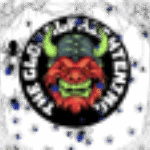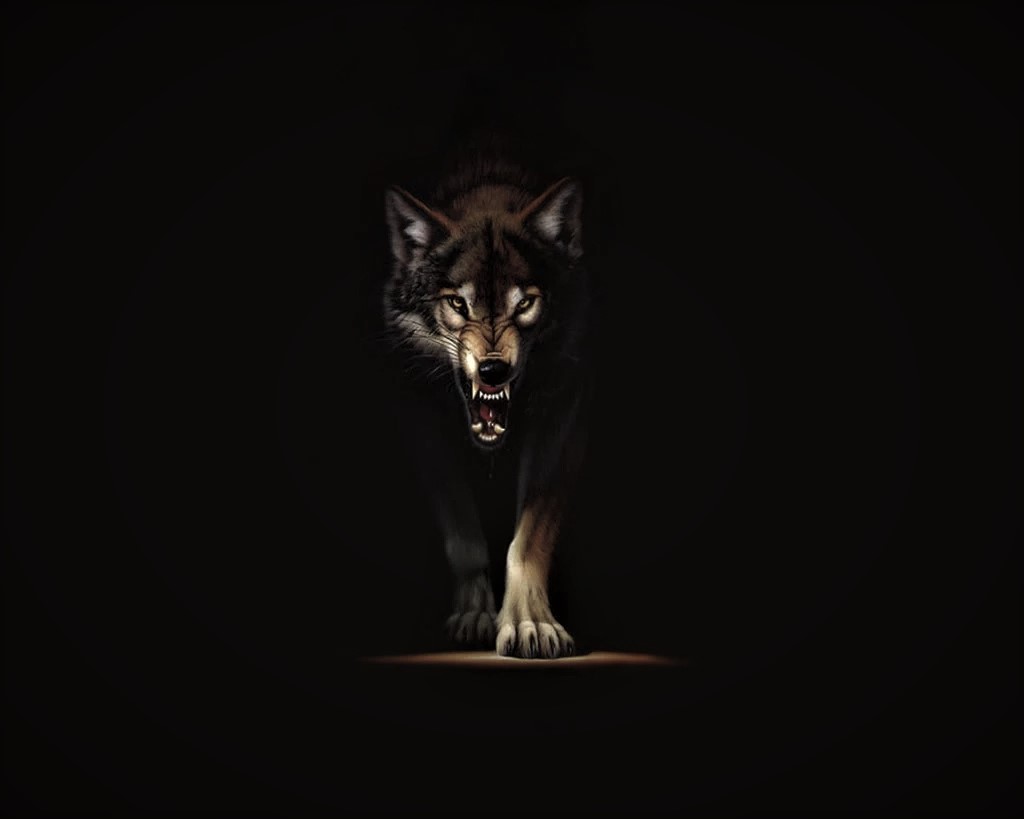https://gainedspotsspun.com/emh5gxdh?key=e1916cbd192d21f326efd401bba4dfa9

THE URBAN LEGEND THAT ATE MY STORY
How Folklore Fuels My Fiction
You’re out at night with a friend, maybe walking, maybe driving, when you start to pass a river and they ask you, “Ever hear of Crybaby Bridge?”
It might seem out of the blue to you, but for them, it’s a fragment of a story. An urban legend. They change depending on who’s telling them. Your friend might say, “Fifteen years ago, a family’s car was run off the bridge, and everyone died, but if you cross it at midnight, you can hear the baby crying.”
But ask someone else, and they might say, “Yeah, you can hear a baby crying, but don’t look over the railing, and don’t look back. Just keep going across the bridge until you get to the other side, or else.”
In the same way there are a thousand variations of fairy tales like “Cinderella” or “Beauty and the Beast,” there are myriad versions of urban legends. They morph between tellings, and often there’s somewhere for you to point and say, “It happened over there.”
Sometimes, the fiction is tangled with facts, like Resurrection Mary in Chicago. Others are based on somebody’s idle thought, like the lethality of mixing pop rocks and soda. We tell this modern folklore for many reasons, but in part because we’re a species that loves stories, and urban legends, like fairy tales and tall tales and even cryptid sightings, inject a little story wherever the teller doesn’t know a location’s past. In the absence of knowing history, we’ll fill the space with our imaginations. We like to believe in those stories, too. Enough to make us wary without any proof there’s anything actually dangerous, offering little superstitions we can easily banish or appease.
I love writing stories more than whispering them, but within my stories, I enjoy the characters having stories to tell each other too, and urban legends feel like the most instinctive expression of that storytelling desire.
Part of the fun of them for me in fiction is asking, what if that legend might be real? What would you do?
That happens in some of my standalone works, like Ghost Cat Island in All the Hearts You Eat, or the rumors about the titular hotel in Cranberry Cove. But it also happens in stories throughout my collection Teenage Girls Can Be Demons.
The blacktop park in “Hopscotch for Keeps” is based on a real place in New York. No hopscotch kid ever challenged me to a deadly game, but who’s to say it never happened to someone else? Or there’s the curse of Hairy Dave, made all the more potent by his death at the beginning of “We Who Hold the Median,” with a warning to those who dare disbelieve it.
And urban legends are the crux of the collection’s closing novella “Benny Rose the Cannibal King.”
An interesting detail about Crybaby Bridge is that different ones exist all over the place, especially in the United States. The same is true of other urban legends, like the old hook-handed man at the make-out spot, or the call coming from inside the house, all the more plausible now with cell phones than when it first started spreading. Even Resurrection Mary, with a set location, sees copycat stories emerge everywhere, much like with the spread of fairy tales.
Benny Rose is different. His infamy never spreads beyond his territory. Blackwood, Vermont is not a real place, though real elements run through it, such as Lemon Fair River and the need to tell stories. This is a small forested town with so little going on by the 1980s when the novella takes place that a lot of the kids there take to telling creepy stories about their local ghost, Benny Rose, based on a serial killer who allegedly died in the area thirty years prior.
The stories pass from parents to children, and from child to child. It’s partly an imaginative game of telephone, the details twisting from mouth to ear, and also an encouragement toward creativity, like other urban legends. As shown on Halloween night, 1987, it’s not uncommon for Blackwood kids to get together and try to scare each other with their creepiest Benny Rose tales.
Especially when the storyteller swears it really happened to them. “He almost got me, right in the woods over there.”
And though Benny Rose turns out to have more meat to his tale than Desiree, Sierra, Jesse, and Gabrielle first assume, part of what’s important in him being a transforming urban legend is that we aren’t just a species that loves stories. That’s like saying we’re a species that loves food.
We love stories because they fulfill us. In letting my own made-up urban legends into my fiction, my characters get to enjoy doing what I enjoy doing. And like sharing a good meal, it’s wonderful to share a good story.
Especially when we get to scare each other.
 Get ready for 13 terrifying coming-of-rage stories from the Bram Stoker Award-winning author of Queen of Teeth, Hailey Piper. Teenage Girls Can Be Demons is perfect for fans of Clive Barker, Mariana Enriquez and Eric LaRocca.
Get ready for 13 terrifying coming-of-rage stories from the Bram Stoker Award-winning author of Queen of Teeth, Hailey Piper. Teenage Girls Can Be Demons is perfect for fans of Clive Barker, Mariana Enriquez and Eric LaRocca.These stories take our most difficult years of transformation and twist them into new and terrifying shapes, where the monsters are real and you’ll do whatever it takes to get away, or get even.






